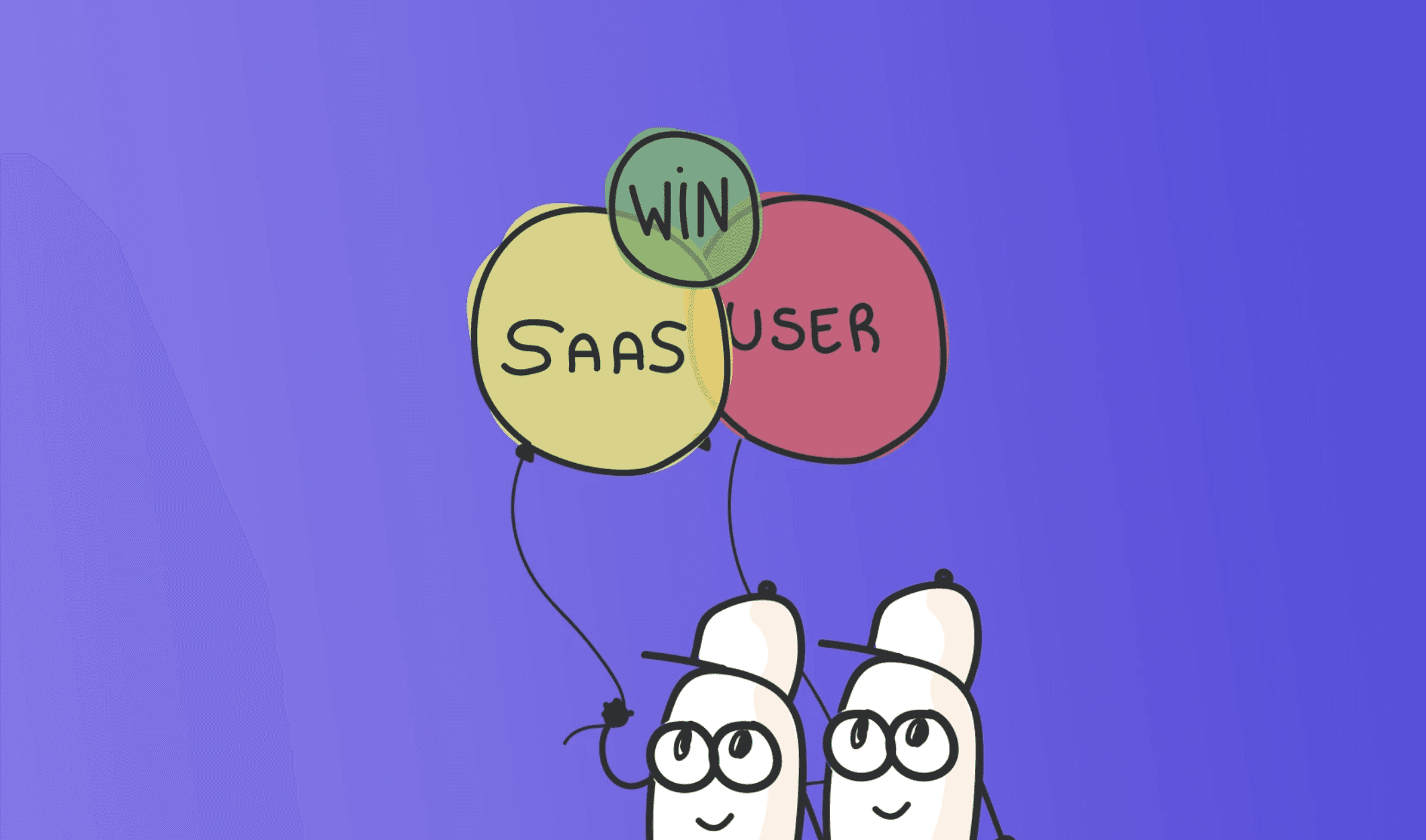Digital product development has emerged as an essential aspect of various industries, empowering businesses to design innovative products that align with customer needs. Whether it’s an app, software, or online service, the process of bringing a digital product to life can seem daunting, especially for beginners. But with a clear understanding of what digital product development is and a structured plan, you can turn your ideas into successful launches.
This guide simplifies the digital product development process into manageable steps, equipping you with the necessary tools to bring your ideas to life.
Tip: if you want to start creating and selling digital products with the help of AI, check Autopilot OS.
What Is Digital Product Development?
Digital product development refers to the process of creating software, applications, or online services designed to solve specific problems or enhance user experiences. The process encompasses multiple phases, including ideation, research, design, testing, and launch. Companies across all industries rely on digital product development to innovate and offer new solutions that keep them competitive in the market.
The primary goal of digital product development is to meet the needs of users while staying cost-effective and scalable. This involves careful planning, prototyping, and constant iteration to ensure the final product performs efficiently and satisfies its target audience.
Steps in the Digital Product Development Process
Ideation and Market Research
The initial stage of digital product development involves brainstorming ideas and performing market research. During this phase, you’ll brainstorm potential solutions, identify pain points your product could address, and define your target audience. This is where creativity meets research, as you’ll need to validate your ideas through customer feedback, competitor analysis, and industry trends.
Conducting market research is crucial to determine the feasibility and competitiveness of your product. This step ensures that you create a product that solves real problems and aligns with what customers are looking for. It also helps you avoid investing in ideas that lack demand or relevance.
Product Design and Prototyping
After confirming the viability of your idea, the subsequent phase in digital product development involves the design and prototyping of your product. This stage focuses on crafting the user interface (UI) and user experience (UX), emphasizing an attractive and user-friendly design.
Prototyping allows you to build a rough version of your product. Prototyping allows for the evaluation of your product’s features and functionality without the need for extensive development, offering crucial insights into areas that require refinement.
If you’re juggling personal projects along with schoolwork, you might find yourself needing to buy personal statement, an essay or even a research paper to keep your academic workload in check. Managing both responsibilities effectively can help you stay focused on refining your digital product ideas.
By the way, here's how to sell digital services.
Development and Testing
The development stage is when your product begins to take shape and become functional. Developers will write the code, build the infrastructure, and implement the features you’ve outlined in the design and prototyping stages. During this phase, it’s critical to maintain clear communication between your design and development teams to ensure the product aligns with its initial vision.
Testing remains a vital component throughout this phase, ensuring the product meets quality and operational standards. You’ll need to test your digital product in various environments and conditions to ensure it works as intended. The testing process helps identify bugs, performance issues, and potential improvements before the final launch. Thorough testing can also reveal usability concerns that may not have been apparent during design.
Launch and Post-Launch Monitoring
The final phase of the digital product development process is the launch. Once development and testing are complete, your product is primed for market introduction. A successful launch requires a strategic marketing plan, which may include promotions, email campaigns, and partnerships to raise awareness.
Nonetheless, the launch does not signify the end of the process. Ongoing monitoring after the launch is critical to gather user feedback and address any emerging issues. Continuous updates and improvements are necessary to keep the product running smoothly and ensure it remains relevant to your users. This ongoing process helps your product adapt to market changes and evolving customer needs.
Key Takeaways for Beginners
Although digital product development can be intricate, breaking it down into clear steps makes it more accessible. From market research to launch, each stage plays a vital role in ensuring your product’s success.
Gaining an understanding of what is digital product development aids in appreciating the significance of each phase. Whether you’re developing a small app or a large-scale software solution, following a structured development process will help you stay organized, efficient, and ready to bring your ideas to life. Maintaining patience and flexibility during the development process is crucial for navigating challenges. Each iteration brings valuable insights that improve the quality and usability of your product.



